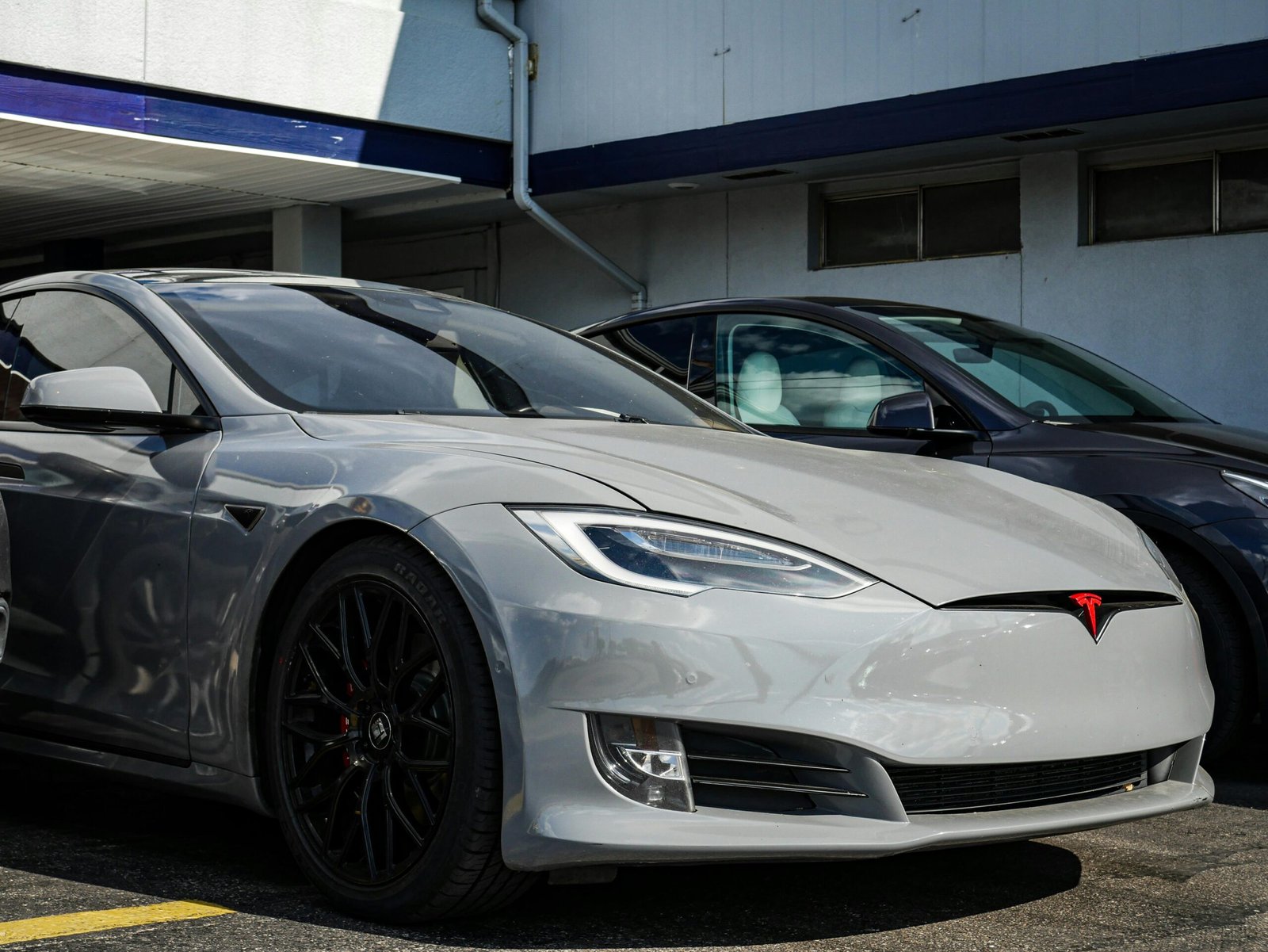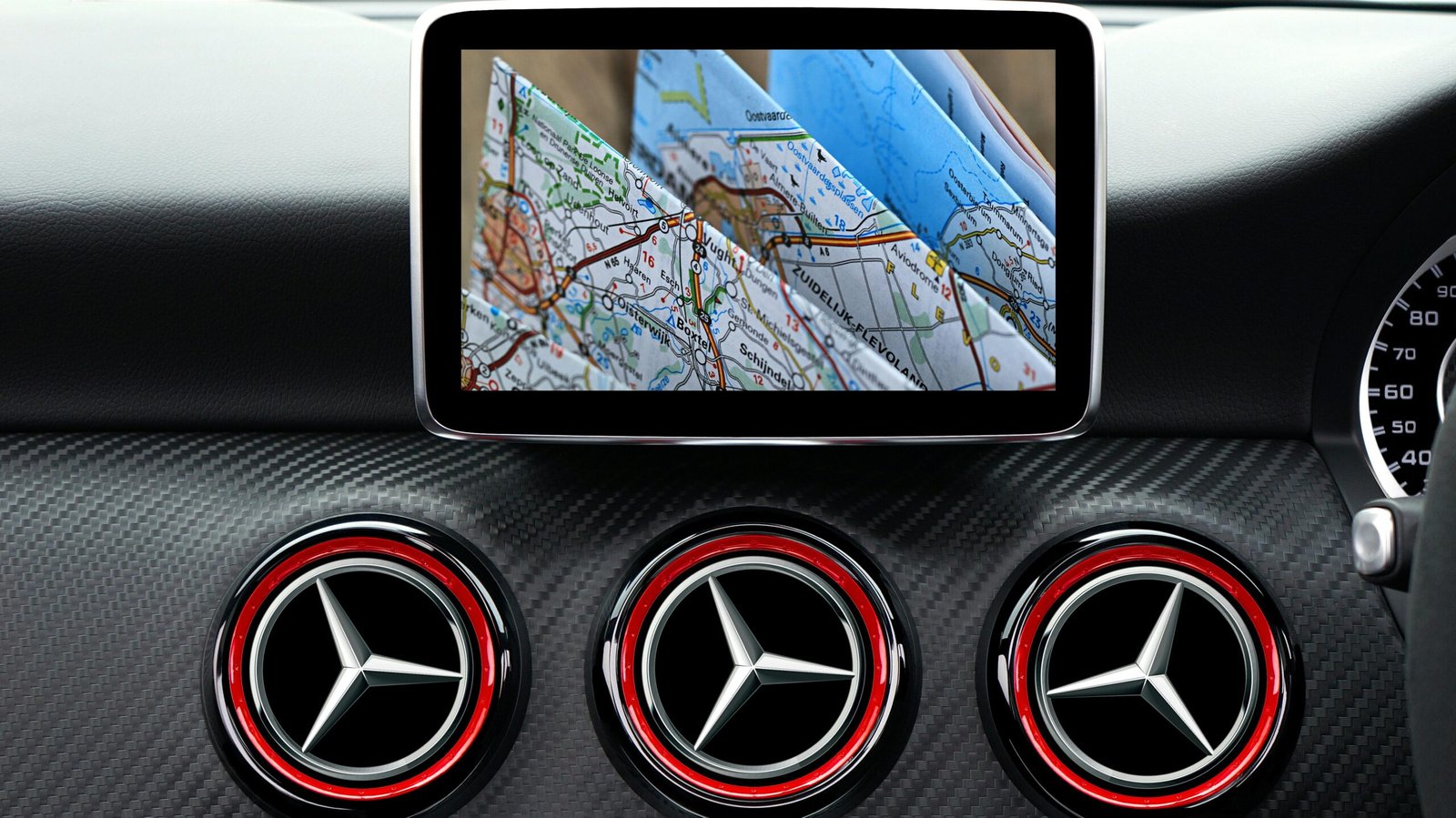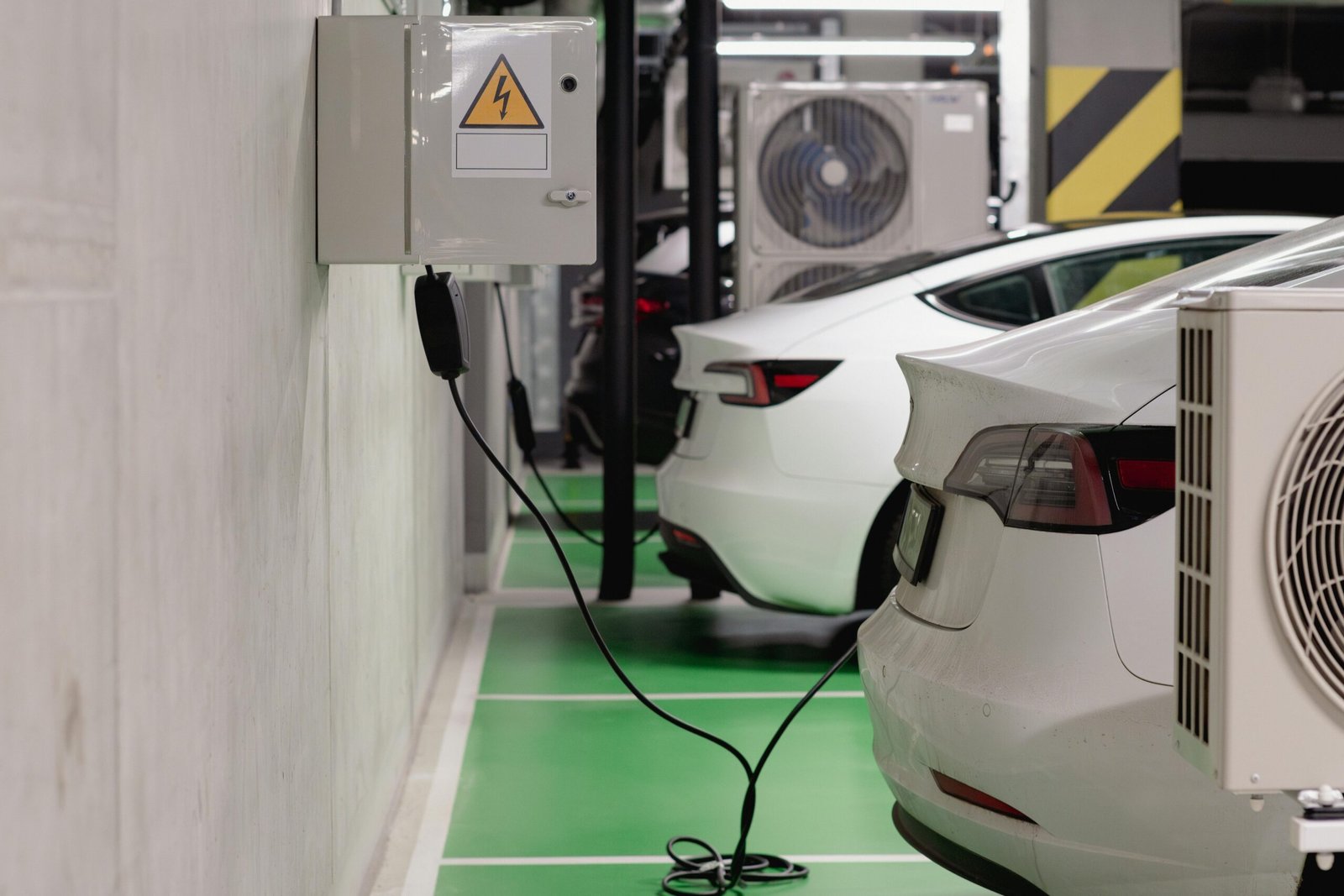With rising gas prices, many car owners are looking for ways to stretch each tank of gas as far as possible. Improving your car’s fuel efficiency not only saves you money but also reduces your environmental impact. Thankfully, there are several simple, effective strategies you can use to maximize your car’s gas mileage and keep more money in your pocket.
In this guide, we’ll share 10 tips to help you save money on gas and get the most out of every drop.
1. Keep Your Tires Properly Inflated
One of the simplest ways to improve fuel efficiency is to ensure your tires are properly inflated. Under-inflated tires create more friction with the road, which can decrease your fuel efficiency. Check your tire pressure regularly and keep them inflated to the manufacturer’s recommended levels.
Why It Helps:
- Proper tire pressure reduces rolling resistance, allowing your engine to work more efficiently.
- Tires that are inflated properly last longer and perform better, saving you money on replacements.
Tip: Invest in a quality tire pressure gauge and check your tire pressure at least once a month.
2. Avoid Rapid Starts and Stops
Driving aggressively, such as rapid acceleration and harsh braking, can significantly reduce your car’s fuel efficiency. Sudden stops and starts require your engine to work harder, burning more gas.
Why It Helps:
- Smooth driving allows the car to operate at a more efficient pace, saving you fuel.
- Avoiding abrupt maneuvers prevents unnecessary wear on your car’s engine and brakes.
Tip: Practice gentle acceleration and braking. Try to anticipate traffic flow and adjust your speed accordingly to maintain a consistent pace.
3. Reduce Your Speed
Driving at high speeds consumes more fuel, as your engine works harder to maintain faster speeds. Reducing your speed by just 5-10 mph on highways can have a noticeable impact on fuel efficiency.
Why It Helps:
- The faster you go, the more drag your car faces, leading to increased fuel consumption.
- Fuel efficiency often peaks between 45-55 mph on highways.
Tip: Use cruise control when driving on highways to maintain a steady speed and improve your fuel economy.
4. Remove Excess Weight from Your Car
Carrying extra weight in your vehicle can decrease its fuel efficiency. Avoid unnecessary items in your trunk or backseat, especially heavy objects, as they cause your engine to work harder.
Why It Helps:
- The heavier the load, the more fuel your engine consumes to move the car.
- Removing excess weight ensures your car operates more efficiently.
Tip: Regularly clean out your vehicle and remove anything you don’t need. If you’re traveling long distances, pack light to reduce weight.
5. Keep Up with Regular Maintenance
Regular maintenance, such as oil changes, air filter replacements, and engine tune-ups, helps keep your car running smoothly and efficiently. A well-maintained engine burns fuel more efficiently.
Why It Helps:
- Regular oil changes reduce engine friction, allowing it to run more efficiently.
- A clean air filter ensures that the engine gets the proper airflow for combustion, improving gas mileage.
Tip: Follow your car’s recommended maintenance schedule and address any issues promptly to keep your car performing at its best.
6. Use the Recommended Motor Oil
Using the right type of motor oil for your car is essential for maintaining fuel efficiency. Check your owner’s manual to find out which oil is best for your engine.
Why It Helps:
- The right oil reduces friction in the engine, helping it run smoothly and efficiently.
- Low-viscosity oils (as recommended by your car’s manufacturer) can improve fuel economy by reducing engine drag.
Tip: Don’t use heavier oils than what’s recommended, as they can decrease your engine’s efficiency.
7. Limit the Use of Air Conditioning
Running the air conditioning system in your car uses additional energy, which can reduce your fuel efficiency. If possible, try to limit its use, especially when driving at lower speeds.
Why It Helps:
- Air conditioning puts extra strain on the engine, requiring more fuel to maintain cool temperatures.
- At high speeds, rolling down the windows for ventilation may actually increase drag and reduce fuel efficiency, so air conditioning is preferable at higher speeds.
Tip: Use the A/C sparingly and opt for the vehicle’s ventilation system when driving at lower speeds.
8. Plan Your Trips Efficiently
Avoid unnecessary trips and consolidate errands to reduce the number of miles you drive. Planning your routes and combining activities can help you save time and fuel.
Why It Helps:
- Combining errands reduces the total distance driven, leading to less fuel consumption.
- Planning trips during non-peak hours helps you avoid heavy traffic, which can decrease fuel efficiency.
Tip: Use a map app or GPS to find the most efficient route and avoid congested areas. This way, you’ll use less fuel and save time.
9. Drive in Higher Gears
Driving in a higher gear can reduce engine strain and improve fuel efficiency. If your car has a manual transmission, shifting to a higher gear at the appropriate time will help reduce fuel consumption.
Why It Helps:
- Higher gears reduce the engine RPMs (revolutions per minute), allowing the engine to use less fuel.
- Lower RPMs mean your engine isn’t working as hard, which leads to better fuel economy.
Tip: In a manual transmission vehicle, shift to a higher gear when you reach a steady speed, and avoid keeping the engine revved high unnecessarily.
10. Use Fuel-Efficient Tires
Investing in fuel-efficient tires can help improve your car’s fuel economy. These tires are designed to reduce rolling resistance, which means your car uses less energy to move.
Why It Helps:
- Fuel-efficient tires have lower rolling resistance, which requires less energy from the engine.
- They contribute to overall fuel savings, especially on longer trips.
Tip: When buying new tires, look for options labeled as “fuel-efficient” or “low rolling resistance.” Consult with your tire dealer for the best options for your car.
Conclusion: Maximize Your Car’s Fuel Efficiency
By adopting these simple habits and taking good care of your car, you can significantly improve your fuel efficiency and save money on gas. From maintaining tire pressure to driving smoothly, every little change makes a difference in your overall fuel consumption. Over time, these tips can add up to substantial savings, helping you keep more money in your pocket while reducing your carbon footprint.
5 Unique FAQs
- How much can I improve my fuel efficiency by following these tips?
You could see an improvement of up to 20% in your vehicle’s fuel economy by following these tips, depending on your driving habits and the condition of your car. - Is it better to drive slower to save gas?
While driving at slower speeds can improve fuel efficiency, driving too slowly on highways can increase drag. A moderate speed of 45-65 mph is typically the most efficient range for most vehicles. - Does using premium gas improve fuel efficiency?
Most vehicles are designed to run on regular gas, and using premium fuel will not improve fuel efficiency unless the car specifically requires it. Always use the type of fuel recommended by your manufacturer. - How can I check if my car is well-maintained for fuel efficiency?
Regular oil changes, air filter replacements, and tire inspections are all essential for maintaining fuel efficiency. You can also check for any engine performance issues that may be affecting your car’s efficiency. - Does driving on the highway use more gas than city driving?
On the highway, you tend to drive more efficiently due to consistent speeds, which can improve fuel efficiency. However, frequent stop-and-go traffic in the city can decrease gas mileage.




